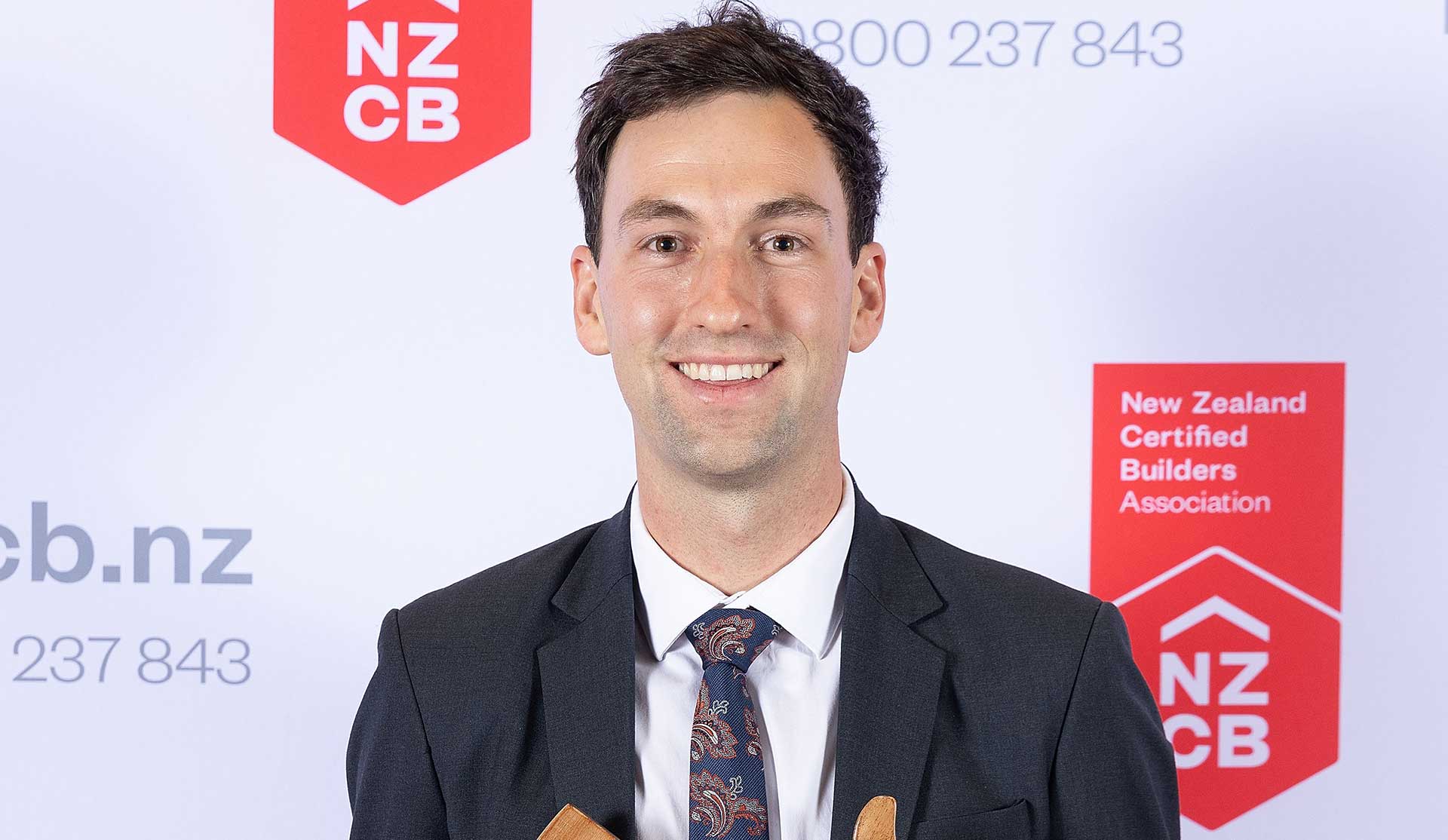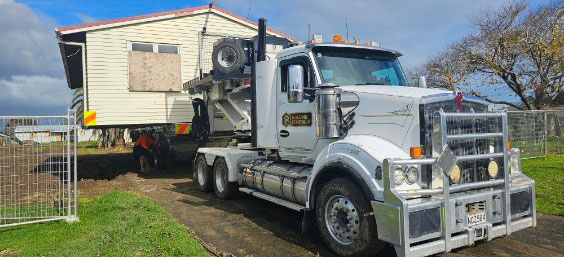Filling in the gaps2 min read
Reading Time: 2 minutesNavigating through the Covid-19 pandemic’s systems and rules has been challenging enough for most, but for somebody with a disability extra help is often needed. Candace McCabe, of CCS Disability Action in Royal Oak, says she has often had to step in to help isolating families, where one or more is disabled, because there was no help to be had from anywhere else, including the Covid-19 helpline. Just recently, Candace had to don full PPE gear to support an isolating family with Rapid Antigen Tests (RATs). They had no idea how to do the test; they didn’t understand the YouTube instruction video, and one of the two children (both with disabilities), were scared of the procedure, having been traumatised by a previous PCR test.
Candace is the senior coordinator for the Children, Family, and Whānau Team at CCS, and says the job is very hands-on at the best of times. “We all work to fill in the gaps. If someone needs to see a doctor, we will often go with them for the initial assessment, to make sure that the doctor knows exactly what’s going on,” she says. They will also help people with needs assessment forms for Ministry of Health funding “because we know what to say”, and they undertake a lot of work with under-resourced schools to get them the funding they need for their high-needs pupils. She says that the Covid-19 rules have often been very difficult for people with complex needs.
One in four people in New Zealand has a disability – that’s 25% of the population with a physical or mental condition that limits their mobility, senses, or activities. It may be visible or hidden, permanent or temporary and may have a little, or a major, impact on a person’s life. The many different kinds – physical, developmental, behavioural, sensory and emotional can result from accident, illness, congenital disorders or genes.
Candace says we shouldn’t be asking what’s wrong with the person – instead we should be asking what’s wrong with our environment? For example the design of buses, trains and state housing, are all geared towards non-disabled people. She also points out that the medical model looks at the deficits – what a person can’t do, as opposed to the social model – what a person can do. Most of all, she says, the disabled sector is the last sector to be thought about in the government sector, and they need a disabled voice at the table. “We’re here, we’re not going anywhere,” she says.
Sidebar
“Disability is not something individuals have. What individuals have are impairments. They may be physical, sensory, neurological, psychiatric, intellectual or other impairments… Disability is the process which happens when one group of people create barriers by designing a world only for their way of living, taking no account of the impairments other people have…” Office for Disability Issues
Candace McCabe in full PPE gear (photo supplied)


